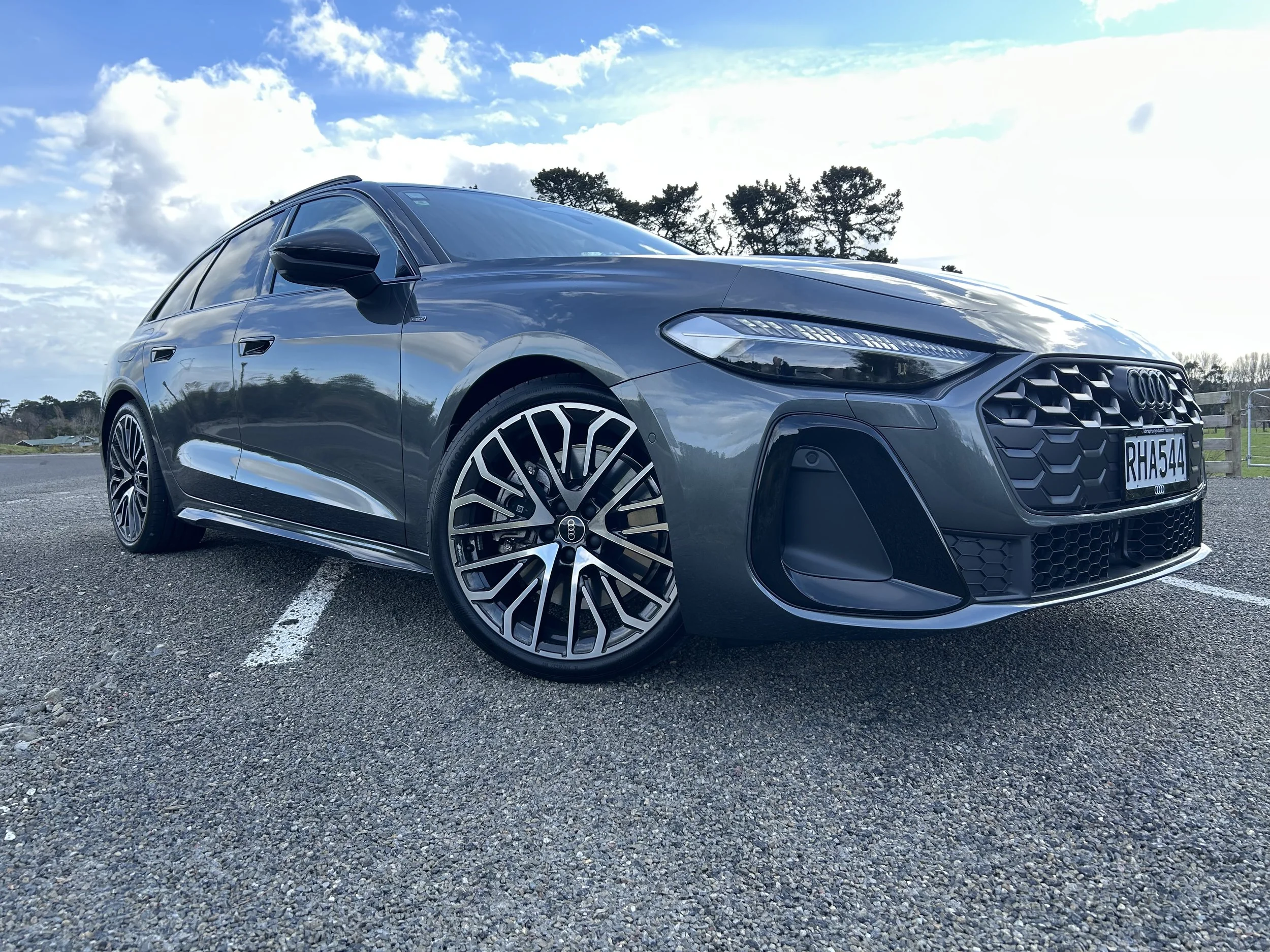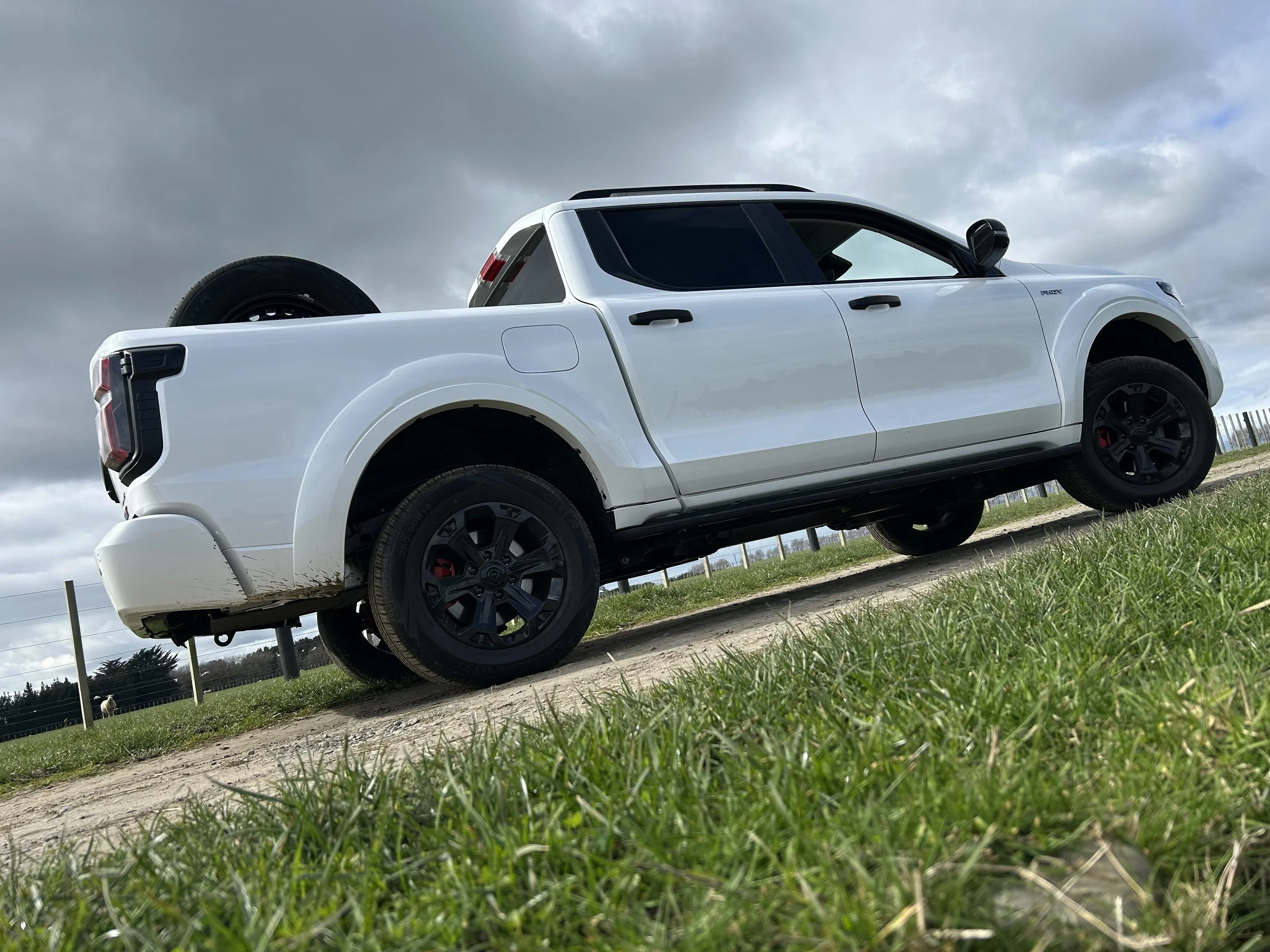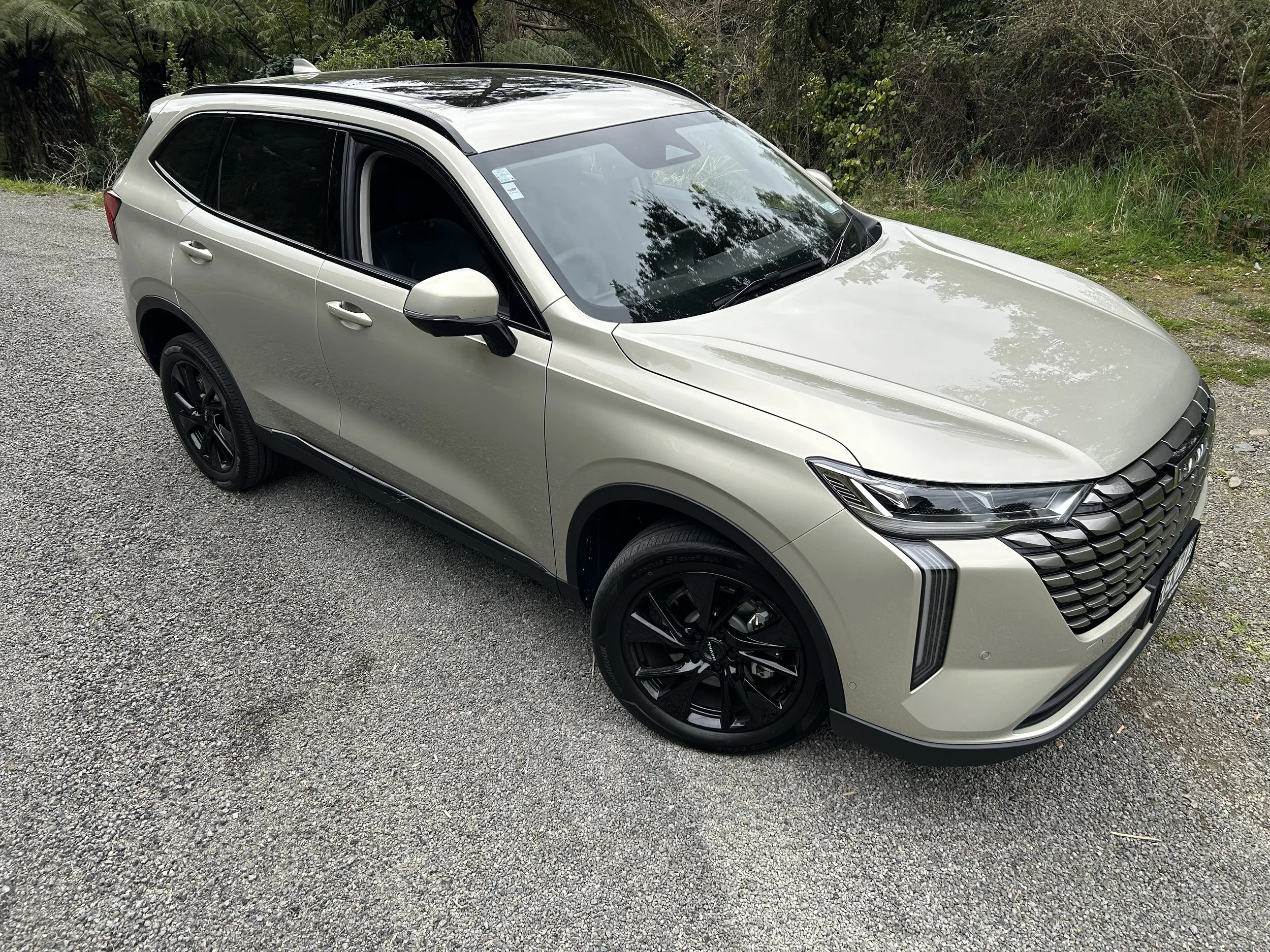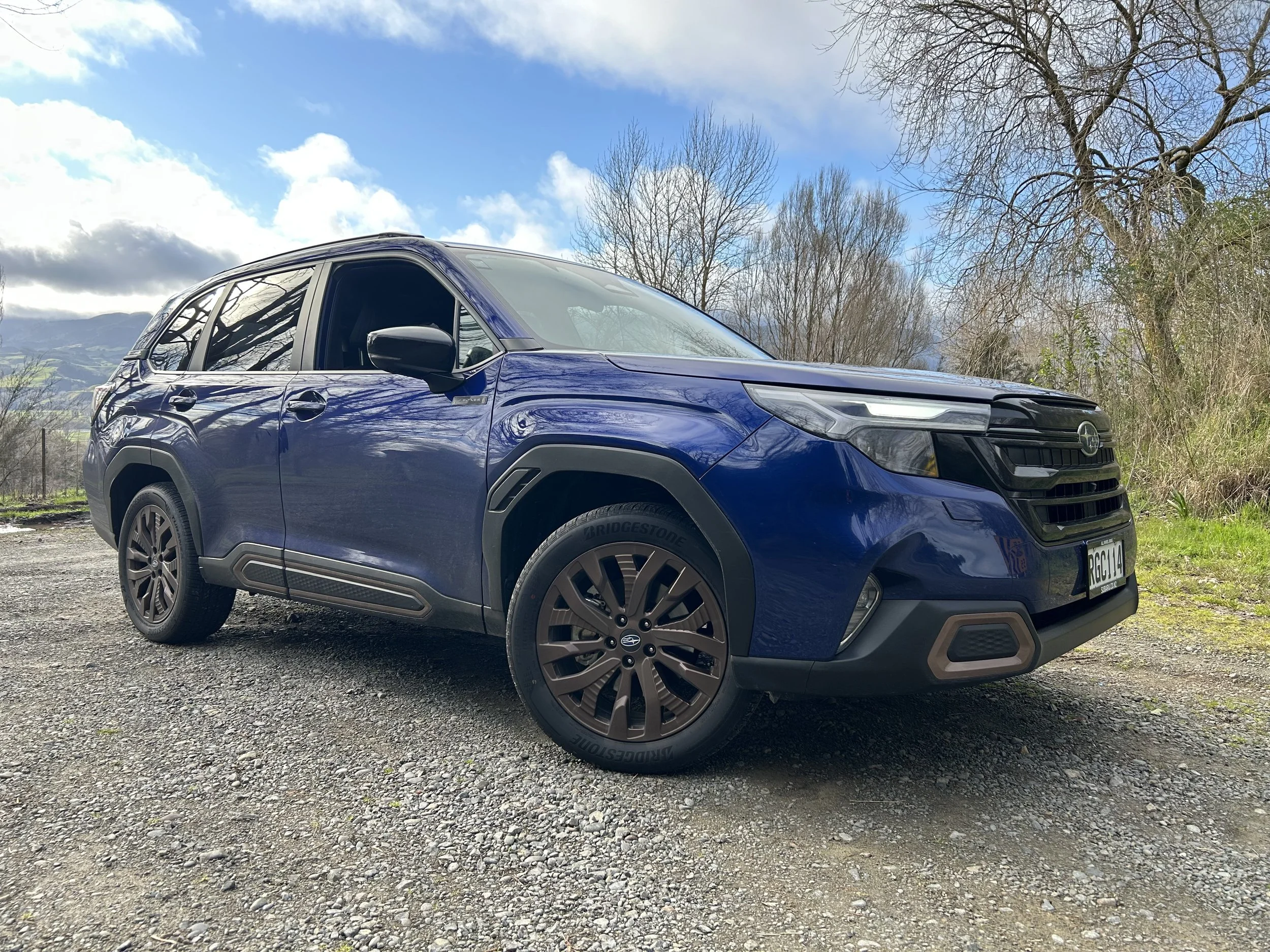NZ fast tracking for big-torqueing SQ7
/Audi is giving electric superchargers their first production application with the SQ7 sports utility.
DIESEL thrust as you've never known it before - that's the assertion from Audi in respect to a just-unveiled flagship of the Q7 family.
Confirmed for New Zealand release, potentially around July-August, the SQ7 was not revealed at the Geneva motor show that began last week but instead held back for an annual Audi media conference over the weekend.
The model’s technical make up confirms everything that Audi NZ revealed to Motoring Network on the release of the ‘regular’ Q7 several months ago, however the punch is even greater than was estimated at that time.
Rumour that a model using a 4.0-litre V8 turbodiesel with not just two turbochargers but also an electric supercharger might muster 800Nm has proven to be on the light side – the actual output revealed by the brand is a stump-pulling 900Nm, generated from just 1000rpm through to 3250rpm!
The new engine also churns out a healthy 320kW.
Audi NZ boss Dean Sheed anticipates the car claiming 20 percent of the Q7 annual count, reminding that “in Q5 the SQ5 achieves 50 percent of volume.”
Release of the model’s details is set to further fire interest in Q7, which in mainstream format has been ramping up, with 35 registrations in January then 53 last month. “We can't get enough,” Sheed says.
He says it is too soon to talk pricing for the new flagship, but promises “it will be competitive with Range Rover Sport and Porsche Cayenne, (BMW) X5 50 and (Mercedes Benz) GLE AMG product, as you would expect.”
The torque is all the talk; not just the sheer wallop but also how it is generated. Audi reckons the cleverness of an electric compressor supporting the two sequential boost-producers wholly eradicates any turbo lag.
That ensures the kind of instant thrust usually reserved for electric vehicles – a conjecture backed up by the claimed 0-100kmh acceleration time of just 4.8 seconds. Audi has pinned the top speed to 250kmh.
The new model promises to be the ‘evil’ alternate to the other electric-assist Q7 coming this way. That’s an eco-minded plug-in rechargeable with the mainstream models’ 3.0-litre V6, but creating an optimum 275kW/800Nm: It’s going to be our second e-tron car, joining the A3 range extender.
Says Sheed: “E-tron will be the next family member, we are aiming for quarter four release.”
The appeal here is that it can provide less than 2.0 litres per 100km optimum fuel economy and run 60km on battery alone.
Although this new plant easily outperforms its German rival's engines, the SQ7 isn’t the most muscular Q7 ever. That title is maintained by a first generation model, produced between 2008 and 2012 with a 6.0-litre V12 turbodiesel. That unit created a colossal 367kW and 999Nm, earthquake-inducing figures that allowed it to hit 100kmh from a standing start in 5.5 seconds: Pretty good in the day for a 2635kg vehicle.
The new flagship promises to lay down its muscularity more evenly, given that maximum torque is available from barely above idle.
Audi is also talking up the economy. Despite its size and performance, Audi estimates this hot family hauler will consume just 7.4 litres of fuel per 100 kilometres and emit 194 grams of carbon dioxide per kilometre when subjected to New European Driving Cycle testing. The V12 had an optimum economy of 11.3L/100km.
The supercharging system consists of three elements: two exhaust-gas powered traditional turbos, one small and one large, and an electric supercharger.
As said, the main benefit of electric supercharging is virtually no lag. Traditional turbos, activated by exhaust gases, need the engine to reach a certain rotation per minute level to begin increasing airflow pressure in the combustion chamber and thus to boost output. This delay in boost is called turbo lag.
In the SQ7 engine, the electric supercharger takes about a quarter of second to activate and quickly spins the small turbo to its effective 70,000 rpm level. The intervention of the electric supercharger lasts for two to three seconds, and then exhaust gases reach the necessary pressure to give the traditional turbo its required energy.
Over 2500rpm, the small traditional turbo is bypassed as the second, larger turbo comes in to play to boost output up to its full potential.
The model’s technology is an electric powered compressor (EPC), powered by a 48-volt electrical system that also runs an adaptive suspension setup similar to that of the Bentley Bentayga.
Several automotive component suppliers are touting 48-volt systems as the fuel-saving technology of the future, with applications from mild-hybrid drivetrains to engine ancillaries such as air-conditioning compressors and water pumps.
Claimed by Ingolstadt as a production car first, the Audi EPC draws up to 7kW of power from the 48V system, giving the turbos a boost-building head start. The load on the engine and electrical system is significantly less than more conventional mechanically-driven superchargers, Audi says.
Power for the Audi EPC comes from a 48-volt lithium-ion battery pack beneath the boot floor, with a 470 watt-hour capacity, maximum output of 13kW and DC-DC converter linking it to – and enabling it to reduce loads on – the vehicle’s standard 12-volt electrical engine starting and accessory power system.
Charging these systems is taken care of by an 80 percent efficient 3kW Metal Oxide Semiconductor Field Effect generator.
The engine proper features valve-control technology that helps control the flow of exhaust gases to its sequential turbochargers.
Based on engine speed and load, one of each cylinder’s two exhaust valves can remain closed to ensure maximum efficiency for the EPC while shutting off exhaust gas flow to the second, larger turbo.
Once the big turbo is required, both valves open, which increases the precision with which the second blower comes on-stream and, according to Audi, “optimises cylinder filling and thus power at high engine speeds”. This, the brand says, means no perceptible turbo lag.
The turbos are nestled in the gap between the two cylinder banks, providing the shortest possible distance for exhaust gases to travel into the turbochargers and emissions control hardware, aiding efficiency.
The common-rail diesel injection system also runs at pressures of up to 2500 bar.
The SQ7’s tricks don’t stop with the powertrain. The model also features a sports-tuned hi-tech chassis control, also operating off the 48-volt system, that networks the adaptive shock absorbers, air springs, differentials and all-wheel steering to provide “outstanding handling in any situation”.
The roll-control system can exert up to 1200Nm of force on the front and rear stabiliser bars – each one independently – to counter body-roll during cornering or relax to improve ride comfort on poor surfaces.
The SQ7’s signature styling runs to a matte-grey radiator grille and rear bash plate separating the quad rectangular exhaust tips, a sports bodykit, 20-inch alloy wheels, LED headlights and aluminium trim for the side air vents, mirror housings and door inlays.
Customers have the choice of two sports seat designs – one trimmed as standard in Alcantara and the other in Valcona leather - along with aluminium trim strips, a three-spoke multifunction sports steering wheel with paddle-shifters and S branding.

















